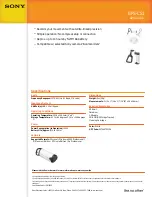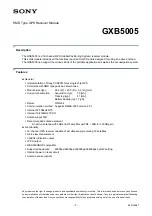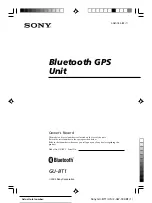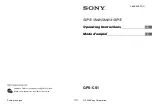
Technical Reference for Garmin NMEA 2000 Products
NMEA 2000 Fundamentals
Building a NMEA 2000 Network
The main communication channel of a NMEA 2000 network is a backbone to which your NMEA 2000 devices connect. Each NMEA 2000
device connects to the backbone with a T-connector. The NMEA 2000 backbone must be connected to power, and terminators must be installed
at both ends for the network to function correctly.
When you design a NMEA 2000 network, start by creating a diagram of the network. When creating the diagram, be as detailed as possible:
Include all of the devices you intend to connect to your network
Note the approximate location of the backbone and devices on your boat
Measure the distances between devices and the backbone, as well as the overall length of the backbone
Note the power consumption of each device (Load Equivalency Number)
Sample NMEA 2000 Network
+
-
Ignition or
in-line switch
T-connector
Male
terminator
Power cable
Battery - 12 Vdc
Backbone extension cable
Female
terminator
Drop cable
Intelligent transducer
Fuel sensor
Marine instrument
Chartplotter
NMEA 2000 backbone
Fuse
Note:
This diagram illustrates the NMEA 2000 data connections to each device or sensor. Some devices or sensors can be powered by the NMEA
2000 network; others may require a separate power connection. Consult the installation instructions for each device you connect to your NMEA 2000
network to be sure you supply power to the device appropriately.
When building a NMEA 2000 network, you must follow certain rules to make sure your NMEA 2000 network functions correctly. Be sure to
understand the following concepts:
Linear backbone construction (
Power connection and distribution (
Proper termination (
Cable length and device limits (
•
•
•
•
•
•
•
•








































